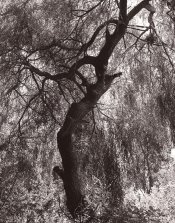silvercloud2323
Member
Hi,
Would it be a good idea to underexpose with exposure compensations for let’s say 2 stops ?
I am using a canon A1 film camera.
What I’m trying to avoid is a film that is too contrasty because of the heavy light.
Please feel free to advice me on the settings to use.
thank you.
Would it be a good idea to underexpose with exposure compensations for let’s say 2 stops ?
I am using a canon A1 film camera.
What I’m trying to avoid is a film that is too contrasty because of the heavy light.
Please feel free to advice me on the settings to use.
thank you.






